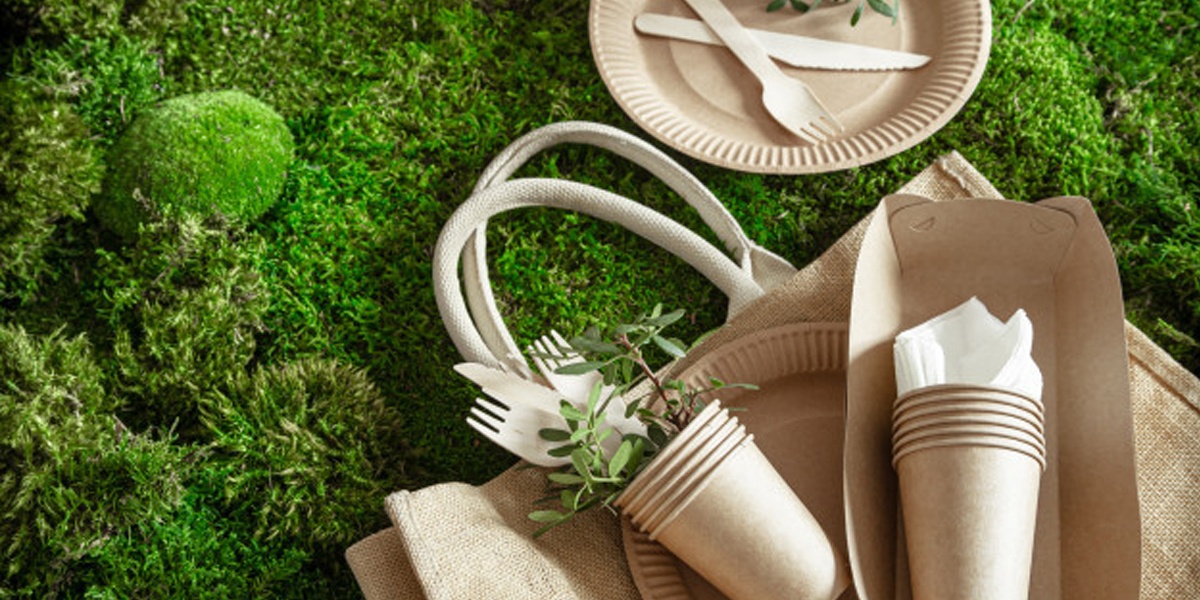Packaging has come a long way over the years. It’s now more important than ever for companies to adopt sustainable packaging options that are better for the environment. As the world becomes increasingly conscious of humans’ impact on the planet, more and more people are looking for ways to reduce their carbon footprint. One way businesses and food packaging companies can do this are by switching to sustainable packaging options.
There are many different types of sustainable packaging, each with its benefits and drawbacks. Some of the most common sustainable packaging options include biodegradable plastics, paper-based packaging, and reusable containers. Each option has its advantages and disadvantages, so businesses must research which option is best for them.

Biodegradable plastics
Biodegradable plastics are made from renewable resources such as corn or sugarcane. They are designed to break down quickly in landfills, making them a good option for companies that want to reduce their environmental impact. However, they can be expensive to produce and take up a lot of landfill space. Also, if they are not disposed of properly, they can release harmful chemicals into the environment. In addition, they are not always recyclable.
Paper-based packaging
Paper-based packaging is made from recycled materials and can be composted or recycled. It’s a good option for companies that want to reduce their environmental impact without spending much money. However, it can be bulky and difficult to transport, and it may not be suitable for all products.
Reusable containers
Reusable containers are a good option for companies that want to reduce their environmental impact and save money on shipping costs. However, they require more workforce to clean and maintain, and some customers may be reluctant to use them.
The benefit of reusable containers is that they help reduce the waste produced by businesses. For example, when products are shipped in disposable packaging, the packaging is often thrown away after the product has been used. That creates a lot of waste, which can be costly and difficult to manage. Reusable containers can help reduce this type of waste, which is good for the environment and businesses’ bottom lines.
Recyclable Material
Recyclable materials are a good option for businesses that want to reduce their environmental impact. However, they can be more expensive than other options and may not be suitable for all products. In addition, recyclable materials must be sorted and transported to a recycling facility, which can add to the cost. Also, some recyclable materials, such as glass, can be broken and may cause injuries if not handled properly. However, if not enough people recycle the materials, they can end up in landfills.
The world of packaging is constantly evolving. New materials and technologies are always emerging, like the food packaging pouch with a zipper. No matter what type of sustainable packaging a company chooses, it’s important to ensure the packaging is well-designed and easy to use. Poorly designed packaging can be difficult to open, damaged easily, and hard to recycle. Good design is essential for any packaging, but it’s especially important for sustainable

